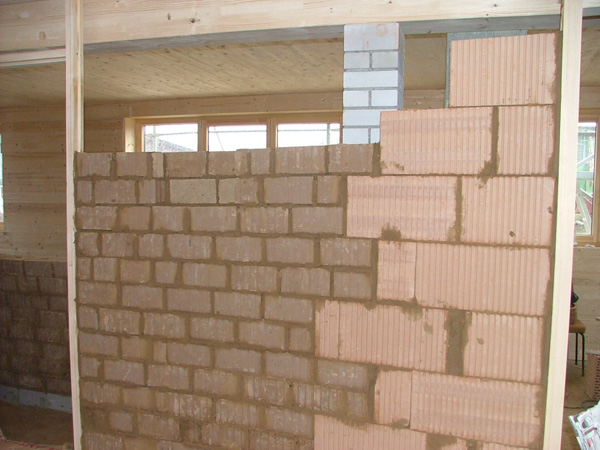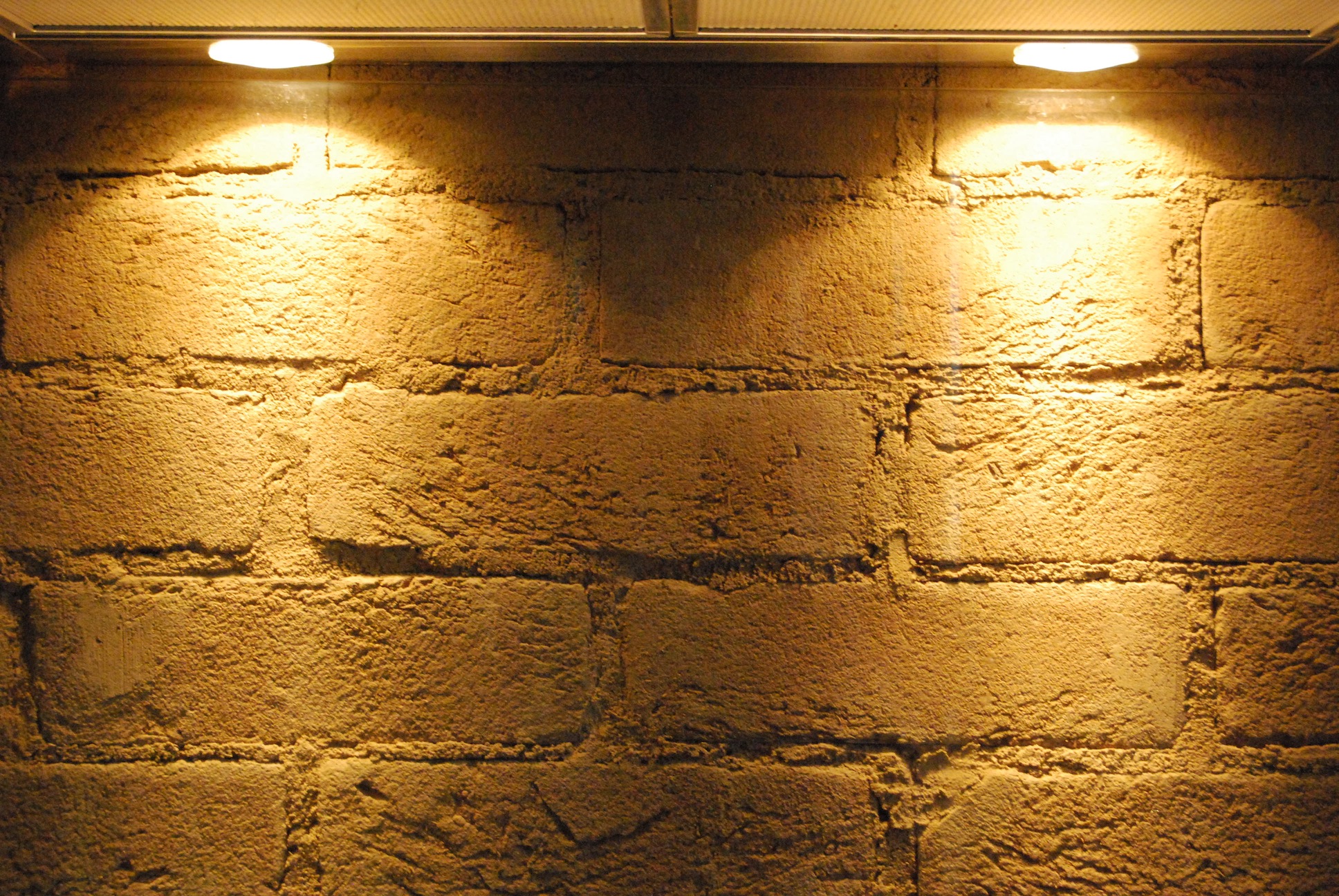
Adobe Buildings Germany 
The roots of Russian Turkestan adobe are in existence since 8000-6000 BC and also seen in Assyria around 4000 BC, making Adobe as old as Rammed earth.
The adobe clay stone is used like a normal brick with no special equipment is required.
The adobe clay bricks are produced in the brickyard, the green parts are taken out of the production process before they are burned. You can make the bricks using three techniques, blunder, extrusion press and clay stone press. Blunder is a manual process where the clay is kneaded and shaped. Afterwards a wire is used to removed excess clay to shape, and smoothed by using a wooden plank. Afterwards the Greenfinch is taken out of the mould and now it is ready to be dried upright position. Its almost the same process as the clay stone press, however the clay has to be moulded and shaped by using force. The extrusion press works differently, first you make a long line of clay and cut the clay at the required length. If you compare the 3 different techniques, the clay is most firm using the blunder technique. After the 3 techniques are completed, the clay bricks can be used like any other brick, however to bind the bricks together it is best to use clay cement to grout the bricks. This is because the clay cement makes the clays bricks moist and therefore binds better.
Furthermore, adobe and light adobe stones are used for the for wall infill’s and used as a lining for the ceilings, staple walls. And facing formwork. The Greenfinch’s are not suitable for carrying walls, as they can get wet and swell up, causing the wall to be weaker.



